Some of you might have discovered that there has been a lot of controversy surrounding the new DJI Mini 4 Pro drone. The drone originally shipped with a 120 metre altitude restriction (above takeoff point) in the EU. DJI addressed this with a software update, allowing you to fly higher, only to revert that decision again with a new firmware update on Monday. This new firmware allows you to permanently override the altitude restriction – with a big caveat. While mini drones (class C0) have looked very appealing thus far, I feel they are not worth your money with the new regulations just around the corner. What is going on and why is this happening now? Let’s find out!
If you own my drone photography e-book, you will be glad to know I have updated my drone photography e-book to add a short text about the change in regulation from January 1st 2024 onwards in the EU.
Disclaimer: This article is not sponsored in any way. However, when you make a purchase using the link in this article, I may earn a small commission. All opinions in this article are my own. If you (dis)agree, I invite you to open a discussion in the comment section.

The quality you can get from the DJI Mini drones in their small package, such as the DJI Mini 3 Pro & DJI Mini 4 Pro, has always been the selling point of the smaller drones.
2024 Brings New EU Regulations
As of January 1st 2024, new drone regulations will come in effect in the EU and some EEA states such as Iceland & Liechtenstein. These new rules are quite complicated and sometimes exceptionally confusing. One of those new rules states that all drones sold from January 1st 2024 onwards need to have classification labels, unless they were sold or on the market before that date. All sub 250 gram drones, such as the DJI Mini 4 Pro will therefore need to have a C0 label. The DJI Mini 4 Pro already has this certification when you purchase one today.
The law has a curious difference between the technical requirements for manufacturer’s and drone operators when it comes to this classification of drones. Manufacturers are not allowed to sell class C0 drones that are able to fly higher than 120 metres above the takeoff point, while the law for drone operators state that they can fly up to 120 metres above the ground level. These two rules are very different, especially for people who intend to fly their drones in uneven terrain such as in the mountains where you will easily need to exceed that 120 metres above the takeoff point. This new regulation means that from January 1st on, all the cheaper, sub 250 gram, C0 drones will not be able to go above 120 metres in altitude above the takeoff point. This is a really strange development as it means that you will be more restricted than the law actually dictates you should be.
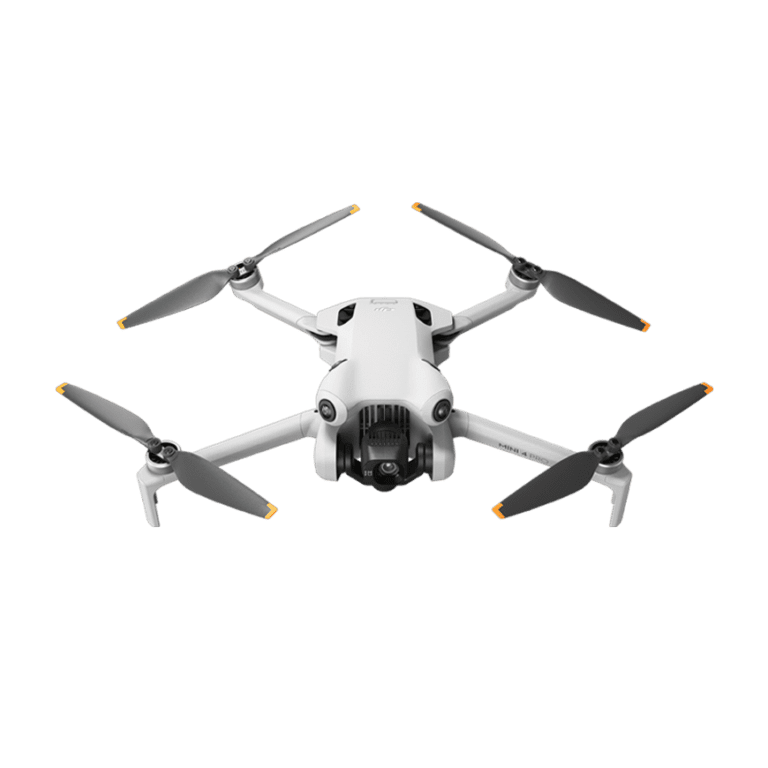
The DJI Mini 4 Pro has been surrounded by a lot of controversy ever since it was launched earlier in October.

These are the class identification labels used in the European Union. They can already be found on some newer drones such as the DJI Mavic 3 Classic, DJI Mavic 3 Pro, DJI Air 3 and DJI Mini 4 Pro.
Can I Unlock The 120 Metre Altitude Restriction On DJI Mini 4 Pro (& Should I)?
Every sub 250 gram drone which was sold before January 1st 2024 is sort of in a grey area. While the DJI Mini 4 Pro ships with a C0 label, and therefore the 120 metre height restriction, will be able to have its label removed with the latest firmware update. Every DJI Mini 4 Pro sold after January 1st, will not have that ability. It’s important to note that this limitation applies to every DJI Mini 4 Pro sold worldwide. For example: if you are from the US and want to fly your drone in Europe, you will be met with the same limitations.
Last Monday, DJI released a new firmware update for the DJI Mini 4 Pro which adds the ability to remove the label from your drone. This means your drone will be seen as a “legacy” drone in the regulations. Declassifying your drone can be done as follows:
- Update your drone to the latest firmware.
- Go to the Safety tab in the settings, where you will see a new button to request the removal of the height restriction.
- Remove the label from the bottom of the drone.
- Take photographs which show the label was removed, together with the serial number.
- Upload the photographs to the DJI website to get your drone unlocked.
The removal of the C0 label will only be possible for DJI Mini 4 Pro’s sold before January 1st 2024!
Now, the big question is whether or not you should remove the label. In my opinion, I think you should if you already own such a drone. The biggest issue is that your drone because virtually useless in mountainous areas. For example, when flying in Iceland, I can rarely make use of the 120 metres altitude I get from the takeoff point because you are often surrounded by mountains.
Another important thing to note is that this change to the firmware will be pushed out to all sub 250 gram drones DJI has sold in the coming weeks. This means that if you own a DJI Mini, DJI Mini 2, DJI Mini 3 or DJI Mini 3 Pro, you should probably not update your firmware again. It’s unlikely more new features will be pushed out to your drone, in which case there is no real benefit to updating. If you update, a C0 label will be provided to you by DJI.
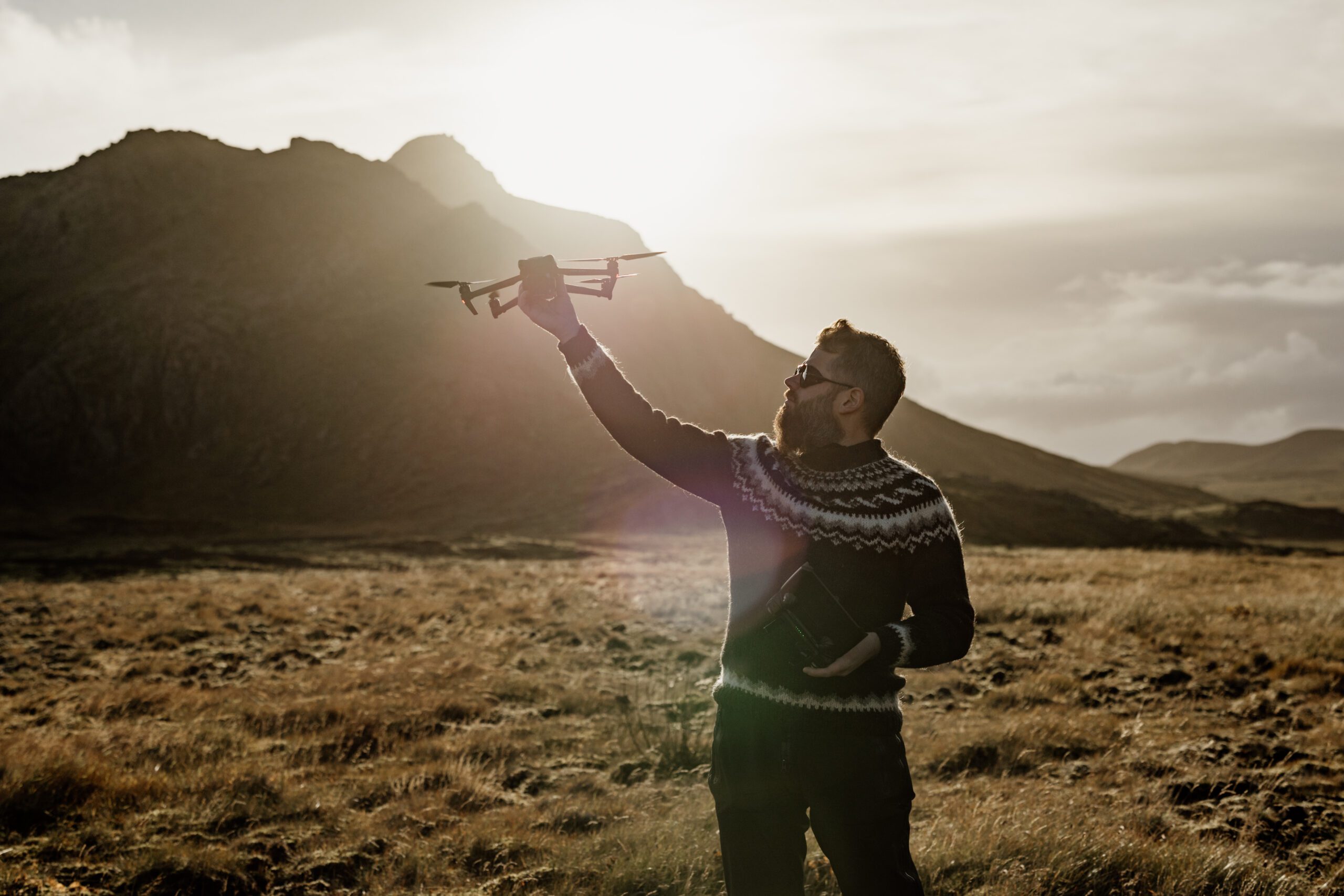
The upsides of owning a sub 250 gram drone are decreasing from January 1st 2024, which makes me wonder why anyone would still go down that path. Certification isn’t difficult, or expensive, and grants you many more positives.
Investing In A C0 Drone Is Probably Not A Good Idea
After January 1st 2024, should you still invest in a C0 drone such as the DJI Mini 4 Pro? I don’t believe so. While the appeal might seem big due to the fact you don’t have to register your drone or get a certification, the height restriction is too big of a limitation in pretty much all of my use cases.
Purchasing a bigger drone, such as the DJI Air 3, is not that much more of an investment while you are not stuck with an altitude limitation. On top of that, you get much better battery life, better wind resistance and an additional lens. Yes, you will need to get certified. However, this training is very easy and isn’t costly at all while you get many benefits from it.
Conclusion
From January 1st 2024, the appeal of the cheaper, smaller and more convenient sub 250 gram drones will disappear. Either you purchase a DJI Mini 3 Pro or DJI Mini 4 Pro today and get it declassified, in which case you will also need certification, or you buy a bigger drone. Certification isn’t complicated or difficult and will pay off in the long run anyway.
If you’re still in doubt on which drone to purchase, make sure to check out my drone buyer’s guide for 2023 & 2024.
JUST RELEASED!
The Drone Photography Masterclass
Nigel Danson & Jeroen Van Nieuwenhove‘s complete drone masterclass will explore everything you need to know to start creating the best aerial photographs using any type of drone in 50+ detailed videos. Whether you are a complete beginner or an advanced drone pilot, this video course contains a vast amount of information to level up your drone photography skills.
Learn Drone Photography With My E-Book
Want to learn how to get the best results with your newly purchased drone? I wrote the most comprehensive guide available on drone photography which teaches you a technique to get the DSLR-like results out of even the cheapest drones.
In 125 detailed pages I explore everything you need to know to start creating the best photographs using any type of drone. Whether you are a complete beginner or an advanced drone pilot, this e-book contains a vast amount of information to level up your drone photography skills.
What to Expect?
- A 125-page educational PDF about nature drone photography with very detailed explanations
- Which drone to get for photography and why
- Important settings and configuration options
- A list of useful skills & tips
- A list of useful accessories and what not to buy at all
- How to research locations for drone photography
- How to compose with a drone and insight into Jeroen’s thought process with plenty of examples
- Thoughtfully planning ahead for your drone shoot
- The how and why of creating bracketed images
- The how and why of shooting HDR panoramas
- What challenges you might face and how to deal with them
- Common mistakes & how to deal with them
- How to stitch your panoramas together
Use EBOOK20 to get 20% off your Nature Drone Photography (E-Book) purchase!
Support Jeroen’s Work
As an independent photographer, Jeroen partially relies on your support to keep producing worthwhile content such as blogs, photographs, books and much more. If you want to support his work, it is possible to do so by buying his e-books & books, prints or calendars.
You can also sign up to the newsletter to stay up to date on new blog posts, projects, workshops and other interesting information.
Thank you for considering!
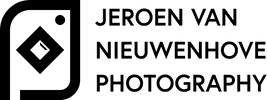
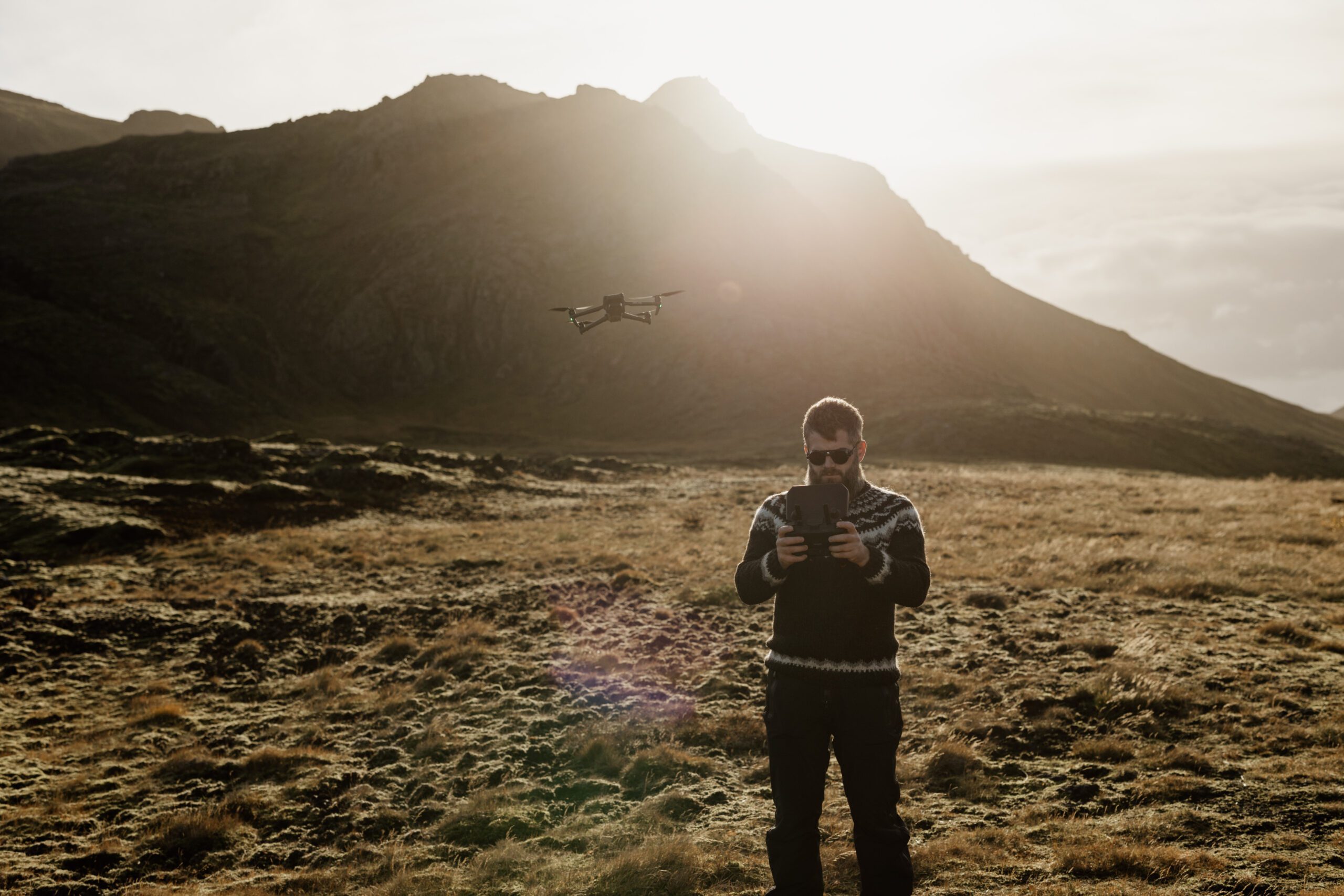
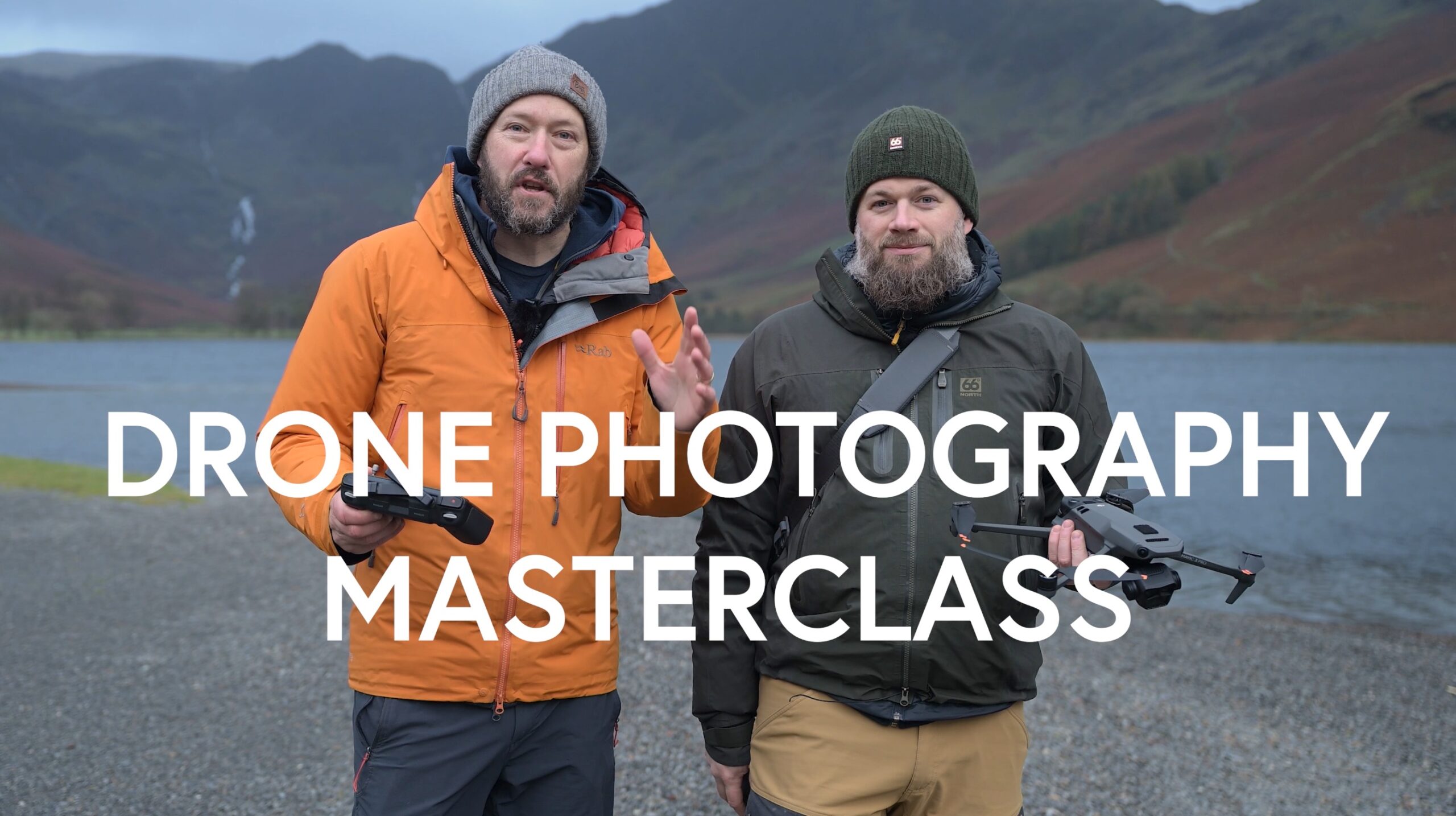
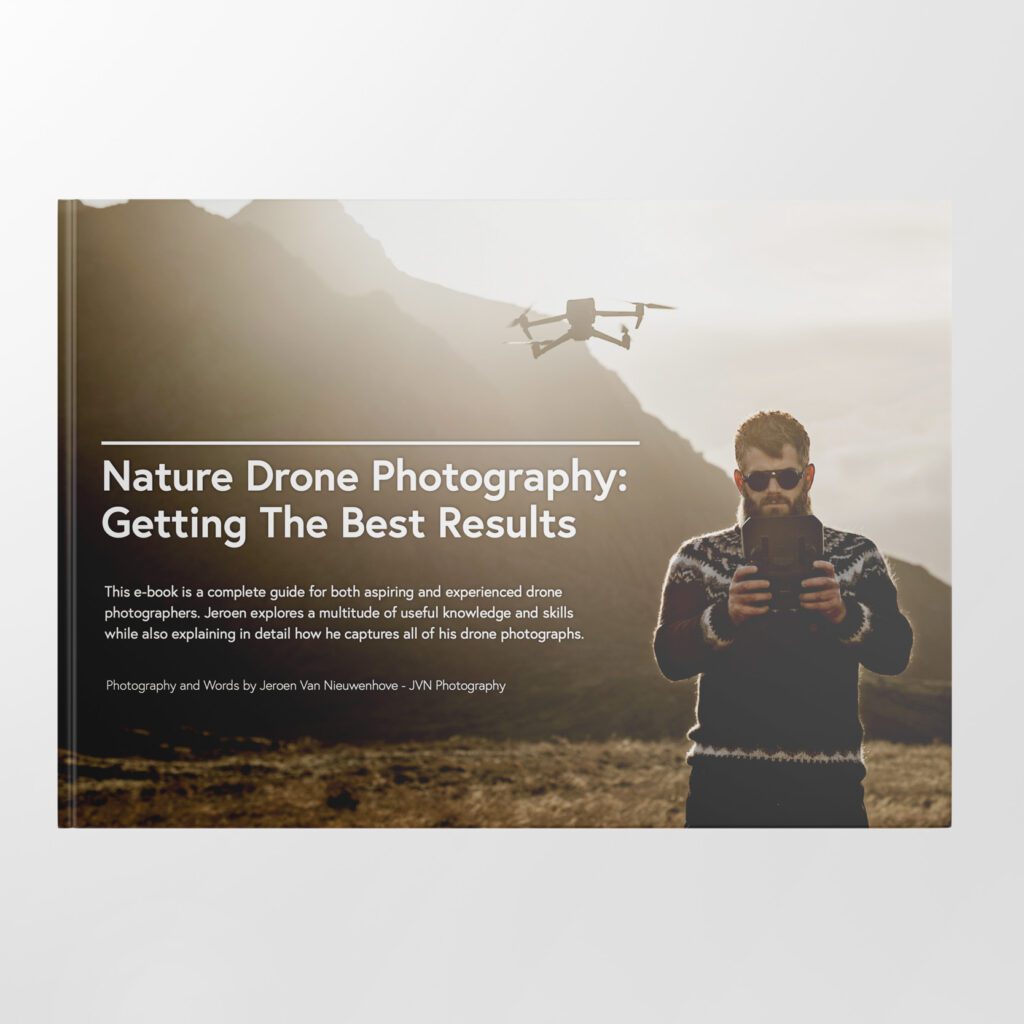
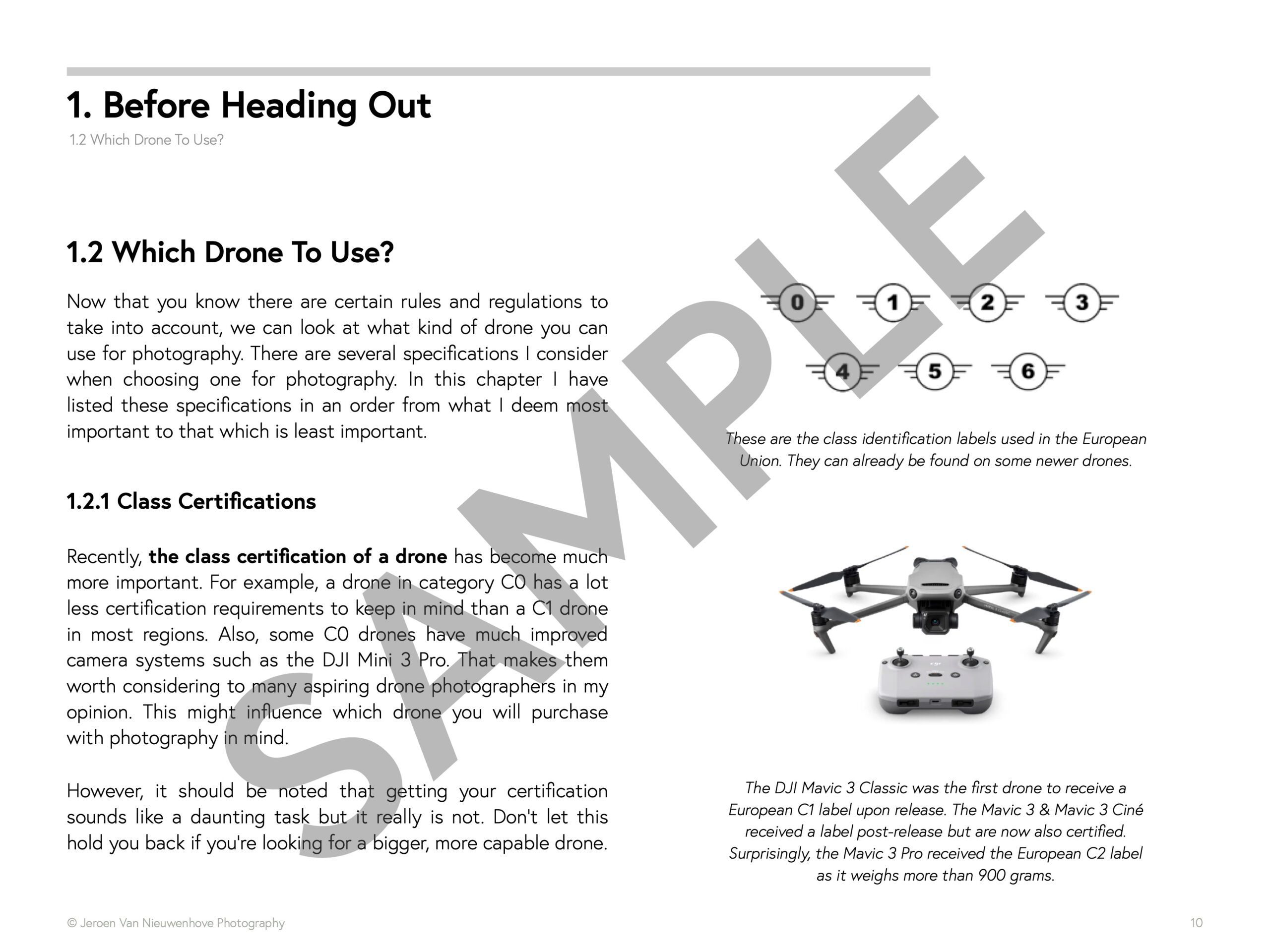


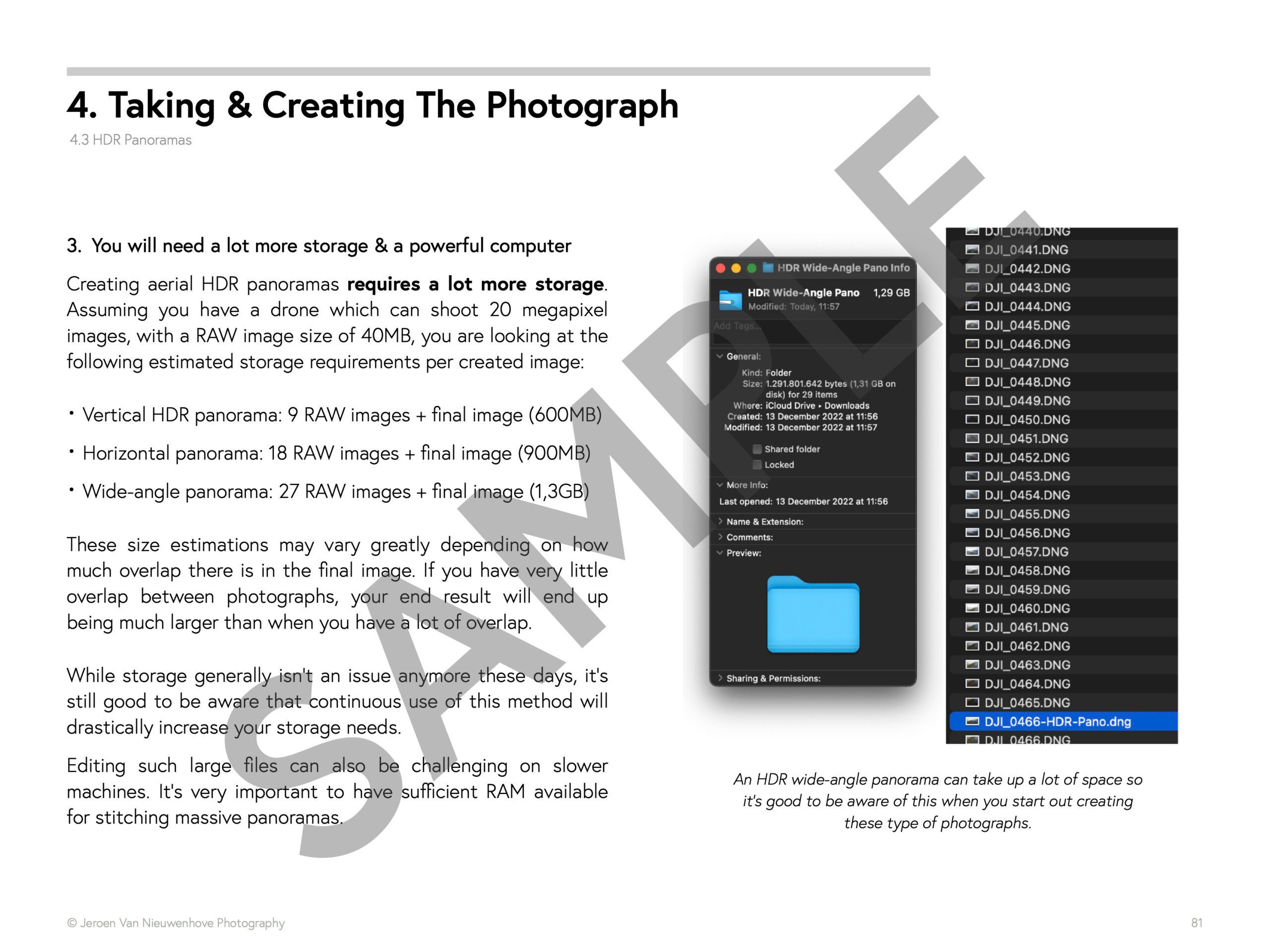











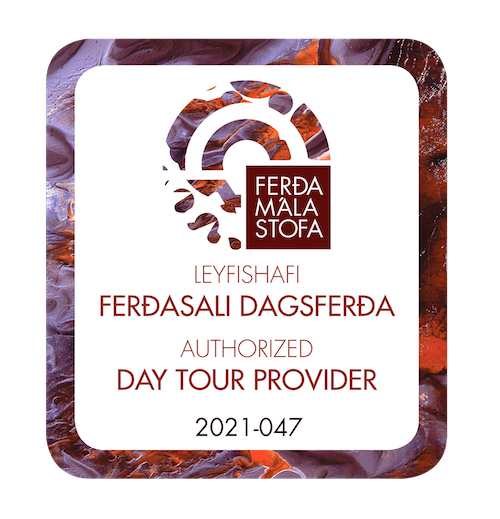

You can have view of the landing area as you can now use each sensor as a real time camera. This function has been available for approximately I want to say 2-4 months. Still it is and can be risky, but if you’re flying VLOS not that big of a deal.
So if you live in the US and say you want to fly an Air 3 in the EU or Canada. Certification is a beast and covers things that drone pilots don’t even need to know. (I know because I’m an airliner pilot) and fly drones for fun and for smaller gigs commercially.
The rules/regs for non citizens are quit different than they are for citizens of the EU or Canada for example.
I’m licensed to operate in both locations as a US resident. Having said that, if you’re a US citizen wanting to fly in the EU, Canada, Japan (I’ve flown in all 3) you are still required to hold a license for that country, file a meticulous flight plan usually within 30 days of fight and YES still register your drone even if it’s a sub 250 g category.
It’s becoming a huge hassle that’s completely unnecessary. I hope all air authorities can eventually standardize the laws (FOR ALL UAV OPERATORATIONS) like they have with ACTUAL AIRLINE FLIGHT.
Again, the regulations and requirements can vary by alot if you’re not an actual citizen of the country you’re intending in operating in.
Thanks for your contribution Jim! I agree. It is getting incredibly convoluted and the regulations have gone overboard. It doesn’t help either when the rules aren’t international as you mentioned. Also, living here in Iceland, it feels overkill to be tied to such strict regulations when flying in remote wastelands such as the Icelandic Highlands where you don’t harm anything or anyone. I have understanding for stricter rules when flying in cities for example but as a person who only flies in nature, it has gone too far for me.
Just wanted to add that as far as I understood it, there’s no need to get certified (get a drone pilot license) after you declassify your DJI Mini 4 Pro before 1.1.2024. According to the information on the EASA website (https://www.easa.europa.eu/en/domains/civil-drones/drones-regulatory-framework-background/open-category-civil-drones) declassified Mini 4 Pro will fall under legacy drones under 250 g class where almost the same rules apply as for C0 classified drones. But in this case, they won’t be software-locked to 120 m above the takeoff point.
100% true. It’s basically a question now of getting your Mini 3 Pro or Mini 4 Pro as fast as possible so it can still be declassified. After January 1st 2024 that won’t be possible anymore for newly sold drones.
As far as I know and can tell my Autel Nano plus does not have any height restrictions. I have set my flying limit to just below 400 feet to be compliant with US regulation since I live in US.
Hi Henry, all drones which are sold today can go above this limit if needed. However, after January 1st, any drone sold in this category will have the same restrictions regardless of the brand. Today, also DJI mini drones have the same functionality to override the altitude restriction but that will change.
As far as I know the 120m AGL restriction is valid for all done in the open category so also for the air 3, Mavic 3. So I don’t understand this article
Hi Francis, thanks for commenting. The difference is that the sub 250 gram category is subject to different rules. The rules for manufacturers making these drones state that the drone MUST have an altitude limit of 120 metres above the takeoff point. The rules for the drone operator itself are different. They state that the altitude limit must be 120 metres above the GROUND. These are two different things. In mountainous areas you often go up with the mountain, staying below the allowed altitude. With these sub 250 gram drones, you now don’t have that option. They will just stay under the 120 metres above the takeoff point, meaning you can not scale mountains or hills with this drone. This limitation means you are more limited than the actual law states when it comes to what drone operators are allowed to do. I hope that clarifies your confusion.
Ok so you don’t recommend purchasing the mini 3 or mini 4 because of the new regulations. Don’t you think you should post another mini class drone you do recommend in it’s place? I mean isn’t that the whole point of this article?
Hi, thanks for commenting. Well, that’s what the issue is really. There isn’t any mini (sub 250 grams) drone on the market which will NOT be affected by this handicap. All of them, because of EU regulations, will have to be hard capped at 120 metres when they are sold. That means there is no drone in that category I can recommend at that price point. Choosing the next model up, an Air 3, is a much better value and getting certified to fly it is not a hassle at all.
We already have a 400′ ceiling in the US. It’s not that big of a deal 98% of the time.
I presume the areas you are flying in are reasonably flat? I usually do not encounter issues in flatter areas either, but when I fly in mountainous areas it is a problem to the point I can’t really use it if this is a hard cap in the settings.
If the altitude restriction of up to 120m above takeoff point causes a problem during flight through mountainous or undulating areas why not take off, fly to a higher area, land and take off again to ‘reset’ the height barrier?
I guess that could work but sounds very risky to me as you would have to land without view of the landing area.